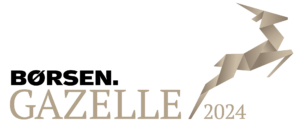In recent years, it has become more and more apparent that the shortage of resilient power grid infrastructure is a bottleneck in the much-needed acceleration of the green energy transition.
According to the Lawrence Berkeley National Laboratory, in the US alone, just under 2,600 GW of accumulative total capacity were stuck at the interconnection queue in 2023. This is an increase of 30% compared to the year before and more than triple of what we saw in 2019.
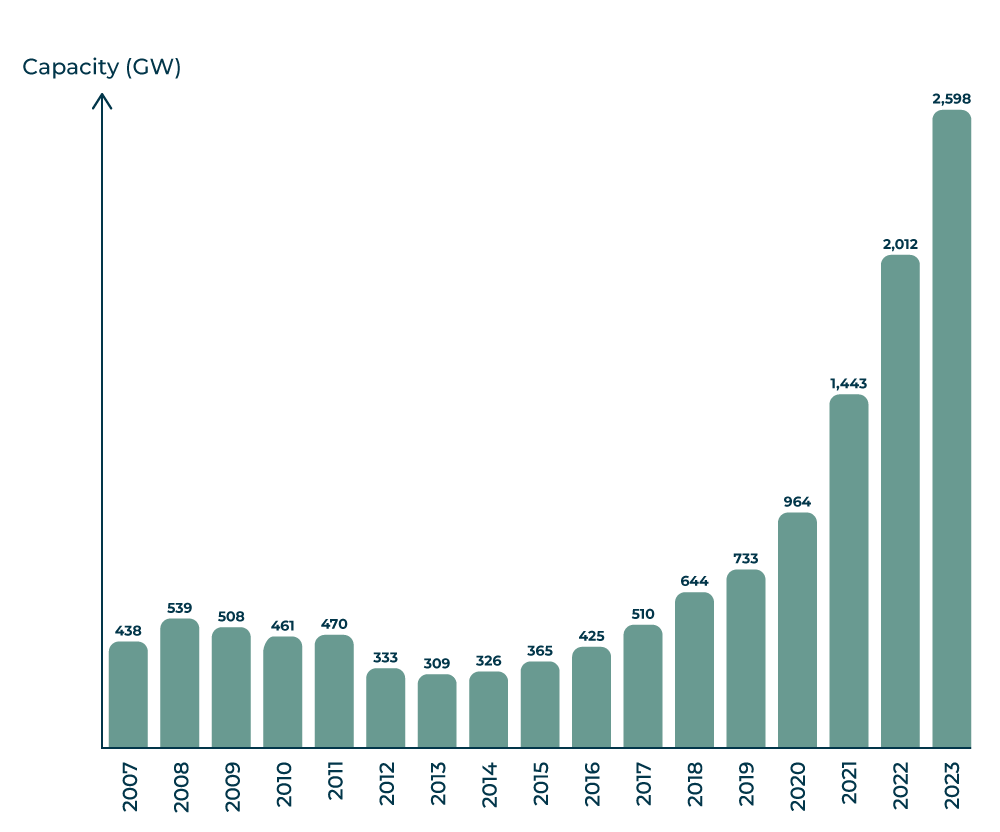
We see the same tendencies across Europe. Data from Bloomberg New Energy Finance show that Spain and Italy each had more than 150 GW of wind and solar capacity awaiting grid connection in 2023, while the UK is the clear frontrunner in the grid connection queue, with more than 200 GW of renewable energy awaiting to be plugged into the power grid.
To put it into perspective, if the projects currently pending green light were installed today, they would add up to more than the present electricity generation capacity of the US.
However, like many other aspects of society, the green energy transition also has two sides. While the growth of renewables drives us towards a sustainable future, it also presents new challenges for our power grids, affecting the growth and pace of renewable energy itself.
In this article, we dive into five reasons renewables actually contribute to the current challenges the power grids worldwide face. Since the renewable energy industry often finds solutions to its inherent issues, we will also present some strategies on how to address these challenges.
1 Renewables are fluctuating energy sources
Renewable energy sources like wind and solar are inherently variable and dependent on weather conditions. This fluctuation can strain grid operations and complicate balancing supply and demand, as the power generated from renewables happens according to nature rather than consumer needs. The renewed focus on grid stabilization leaves grid operators, developers, and TSOs with much work to do to secure robust processes and services that can balance the intermittency in times of need.
The upside: This challenge spurs advancements and rapid growth in energy storage and demand response technologies. At the same time, this challenge promotes the demand for ancillary services, creating new revenue opportunities for power traders and power providers.
2 Energy supply areas are shifting
The shift to renewable power is changing the geography of energy production. Traditionally, power generation occurred near urban centers where demand was highest. The problem is particularly seen in the US, where the patchworked and outdated grid system was originally designed for fossil-fuel-based power generation and lacks a comprehensive plan for a future driven by renewables.
Today, many renewable projects are developed in remote locations with optimal wind and solar conditions, often far from where the energy is needed. This necessitates new transmission infrastructure and innovative solutions to transport energy over longer distances. Here, the great distances in the US not only pose a technical challenge, but also political and demographically. In recent years, the US has seen a change in population, with more people centering around urban areas. Hence, the manifold challenge means that building long-distance transmission is difficult without a federal authority legitimate to approve such projects.
The upside: Building new, future-proofed power lines is the long-term solution. In the meantime, developers are turning to off-the-grid experiments and the so-called energy island projects, as these energy communities can empower local needs on a short-term basis. The downside to building behind-the-meter environments is the lack of optimal utilization and flexibility that connecting to the grid also contributes to.
3 We experience an unprecedented surge in power demand
The rise of electric cars, heat pumps, and data centers is driving a significant increase in electricity demand. As more consumers transition to electric solutions, our power grids must adapt to handle this heightened load. A major factor behind the skyrocketing demand for electricity is the rapid innovation in artificial intelligence, which requires numerous data centers with unprecedented capacity.
The upside: This challenge might drive a new boom of investments in the renewable energy industry as electricity prices could go up due to the rise in electricity demand. On the demand side, it could also push forward the innovation of smart appliances and grid technology as a way to boost flexibility in managing peak demand.
4 We face increased regulatory scrutiny
As renewable energy becomes a larger and more vivid part of our power infrastructure, regulations are becoming more stringent and widespread. In the early days of renewable power installations, the impact of renewables was minimal, meaning regulations were not applicable to the same extent they are today.
Projects must navigate a complex landscape of grid codes and approvals from TSOs, DSOs, as well as other regulatory bodies before connecting to the grid. Currently, the industry is experiencing a shortage of grid regulation specialists, which can also delay grid connectivity and the overall green transition.
The upside: While regulations and approvals can prolong project timelines, it also presents an opportunity to advocate for streamlined and transparent processes, improved stakeholder engagement, and standardization in the industry.
5 We see a rise of residential prosumers
As we entered the renewable era, we also welcomed the green energy technologies into our homes – or, more precisely, onto our rooftops. The growing number of residential prosumers – households that both consume and produce electricity – adds complexity to our energy landscape.
This shift fosters greater energy independence and local generation but also creates fluctuations in demand that require increased grid flexibility and power control in supply and demand.
The upside: To address this challenge, we can leverage demand response strategies and smart home technologies, enabling better communication and improved data between prosumers and the grid. These advancements can optimize energy use and enhance grid resilience. Another development is the rise of microgrids, which in itself can manage generation and demand.
While navigating these grid challenges of a renewable future is no small feat, each obstacle offers a chance to innovate and rethink how we manage our energy resources, allowing us to reduce the bottlenecks and unlock new opportunities for sustainable growth.

